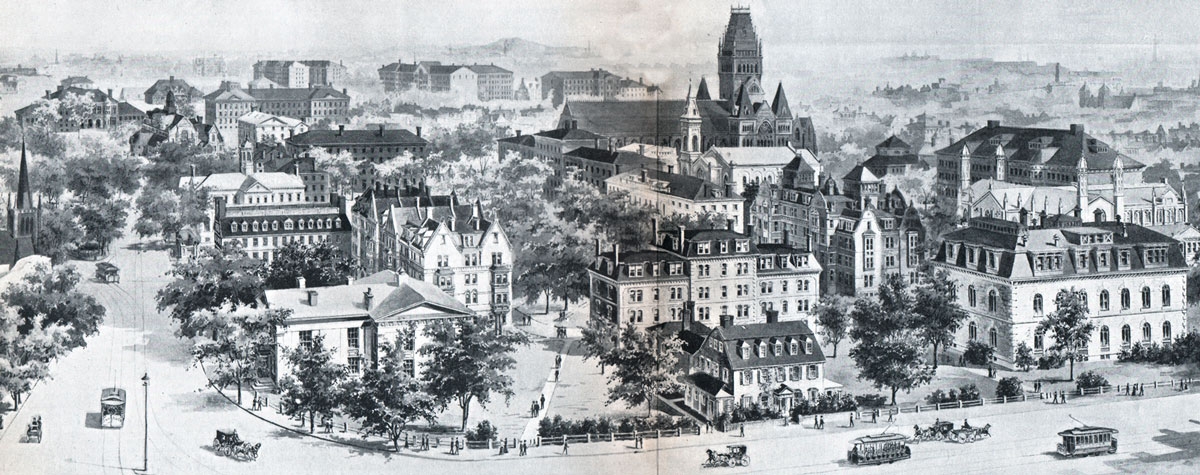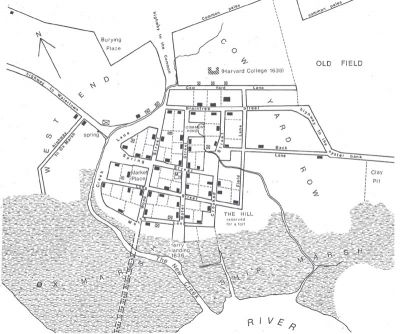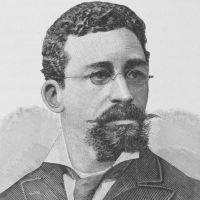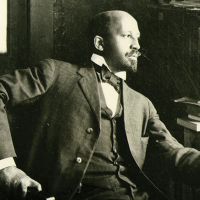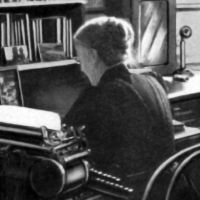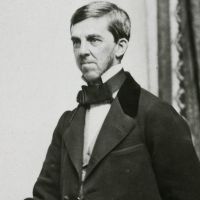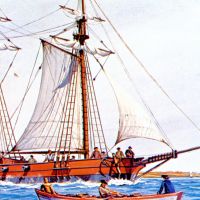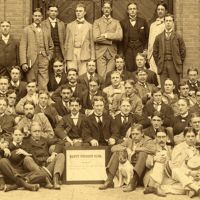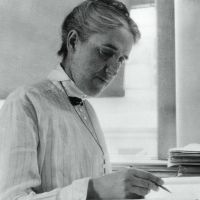Primary Source
William Wood came to New England with his father in 1629 when he was 23; he returned four years later and produced a report for the English Puritans on the character and resources of their colony in Massachusetts Bay. The full title is "New England's Prospect. A true, lively, and experimental description of that part of America, commonly called New England; discovering the state of that Countrie, both as it stands to our new-come English Planters; and to the old Native Inhabitants. Laying downe that which may both enrich the knowledge of the mind-travelling Reader, or benefit the future Voyager."
By the side of the [Charles] River is built Newtown, which is three miles by land from Charlestown and a league and a half by water. This place was first intended for a city, but upon more serious considerations it was not thought so fit, being too far from the sea being the greatest inconvenience it hath. This is one of the neatest and best compacted towns in New England, having many fair structures, with many handsome contrived streets. The inhabitants, most of them, are very rich and well stored with cattle of all sorts, having many hundred acres of ground paled in with one general fence which is about a mile and a half long, which secures all their weaker cattle from the wild beasts. On the other side of the river lieth all their meadow and marshground for hay.
Quoted in New England's Prospect by William Wood, ed. by Alden T. Vaughan (University of Massachusetts Press, 1977).


